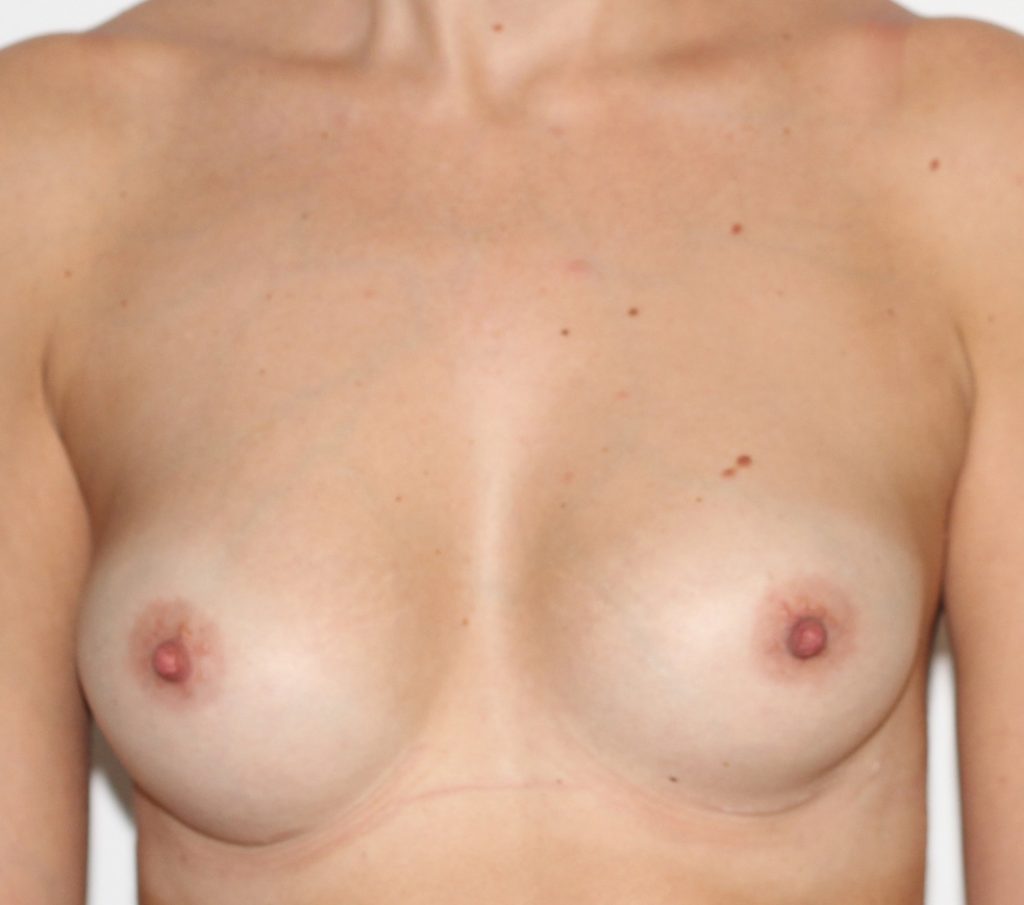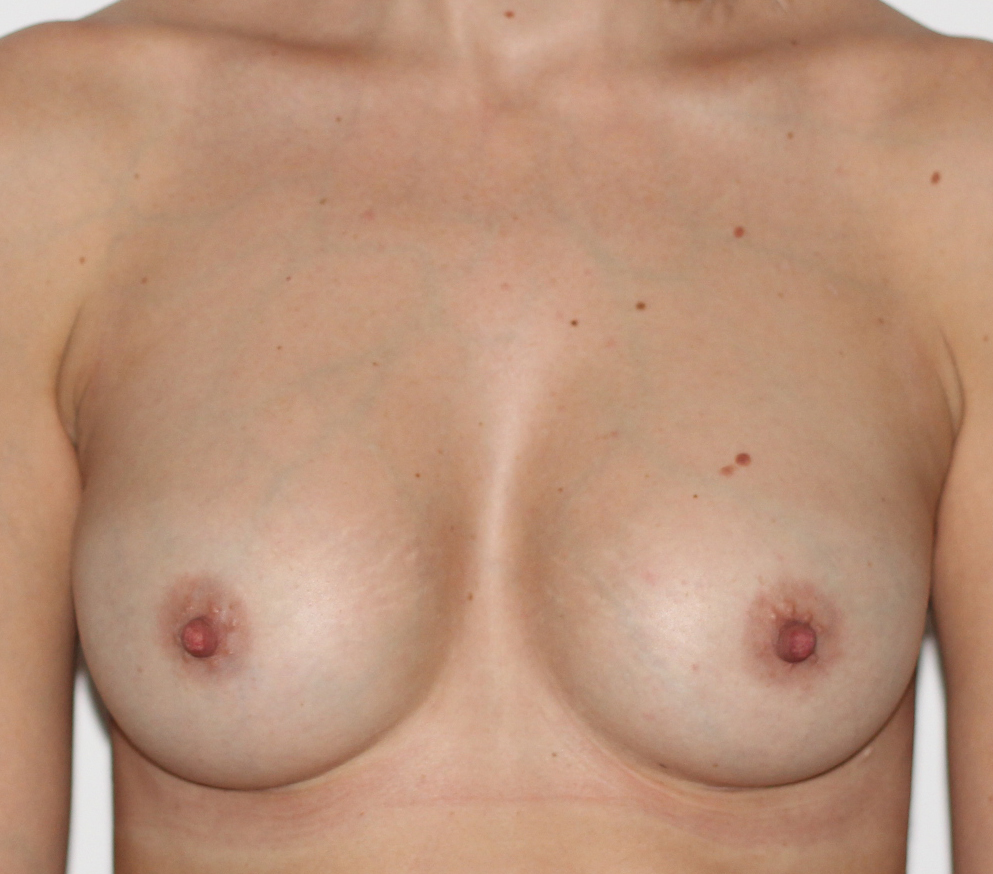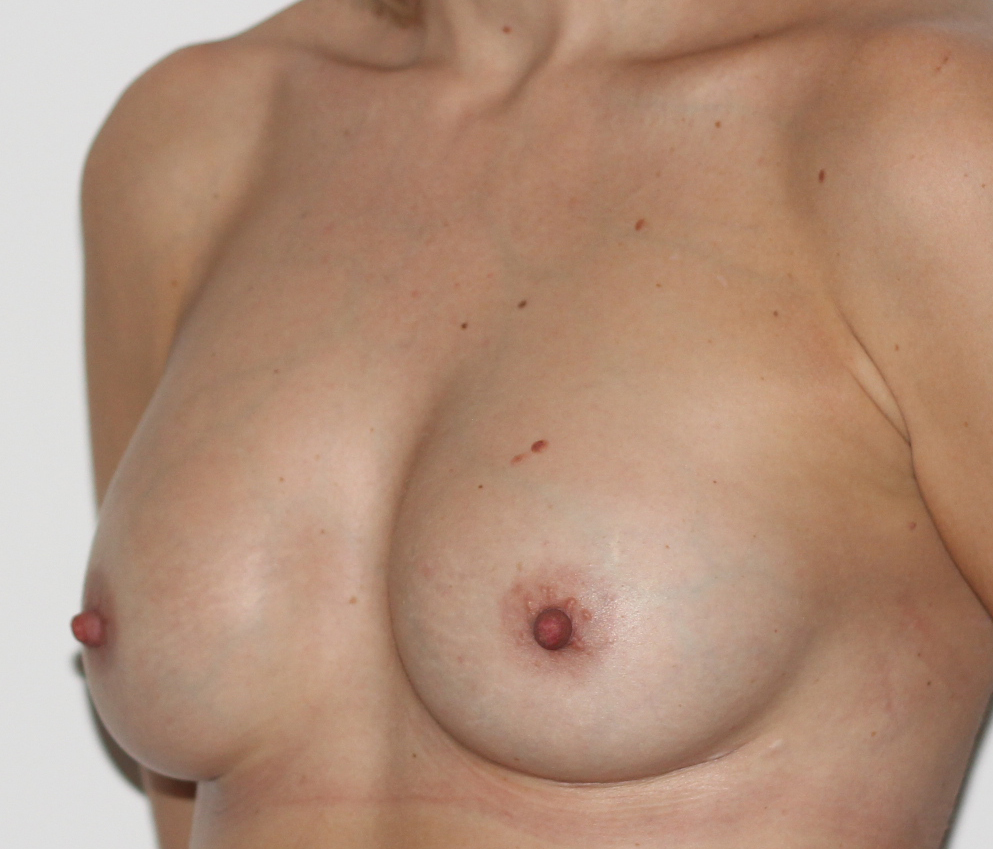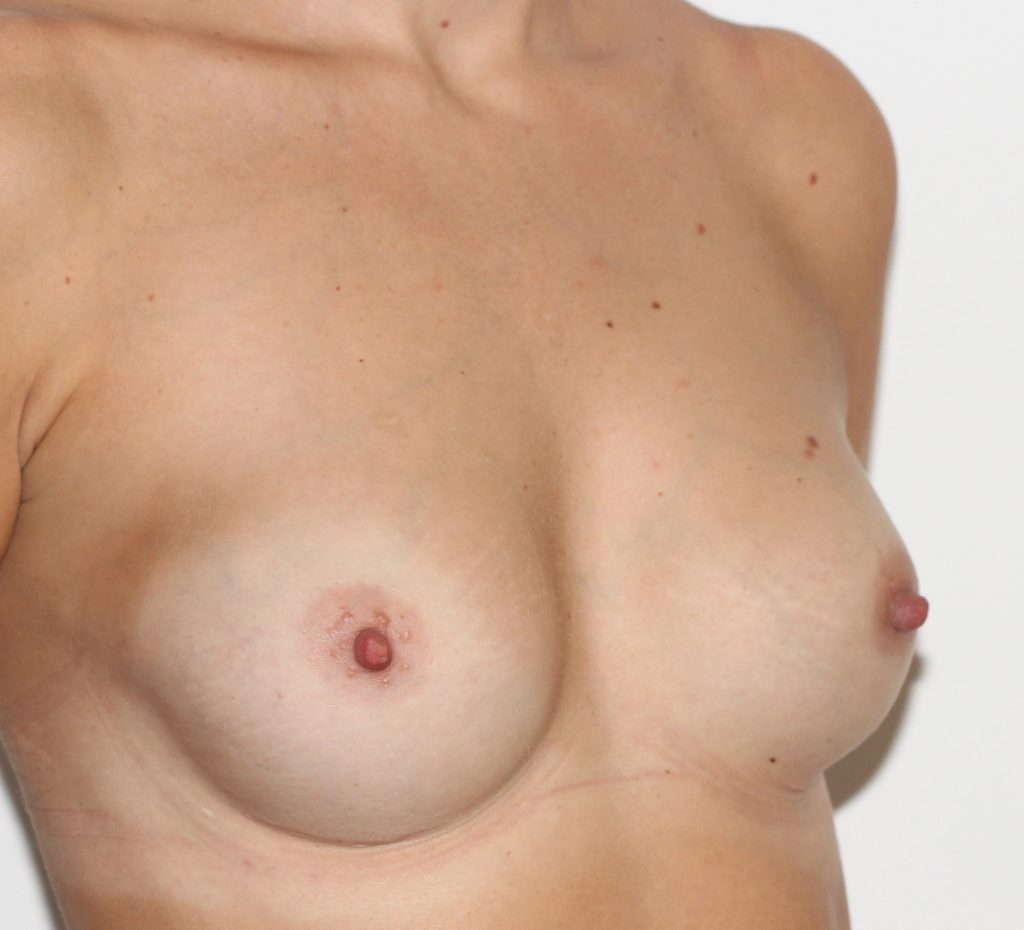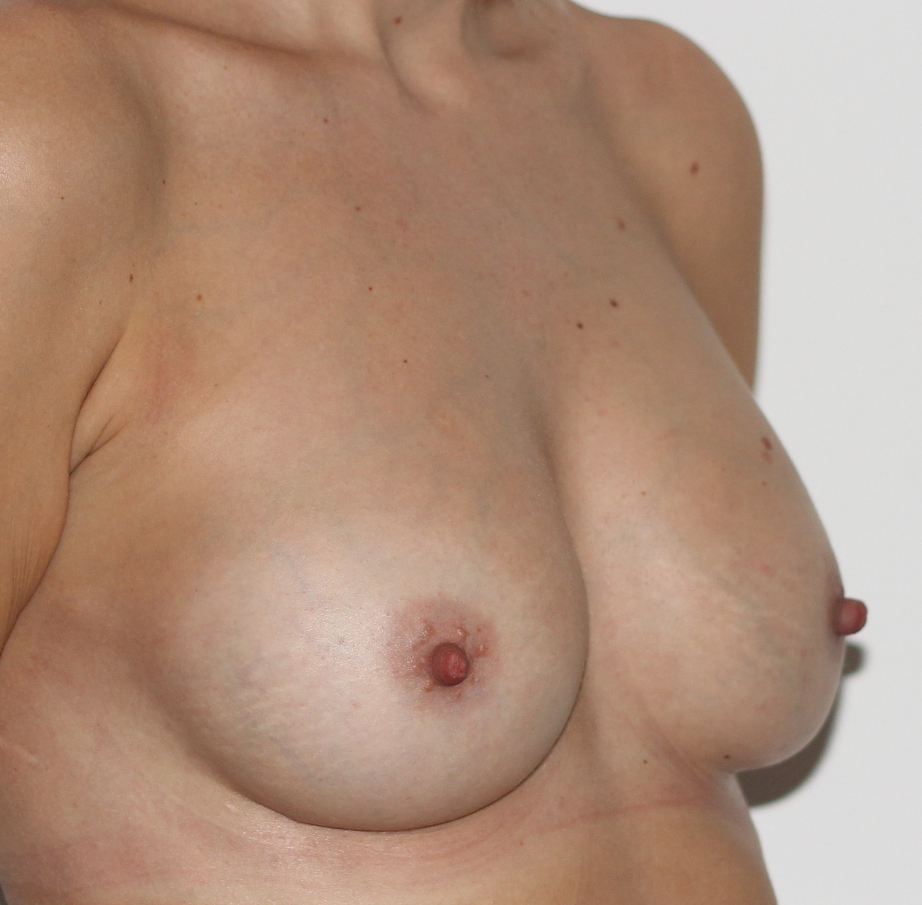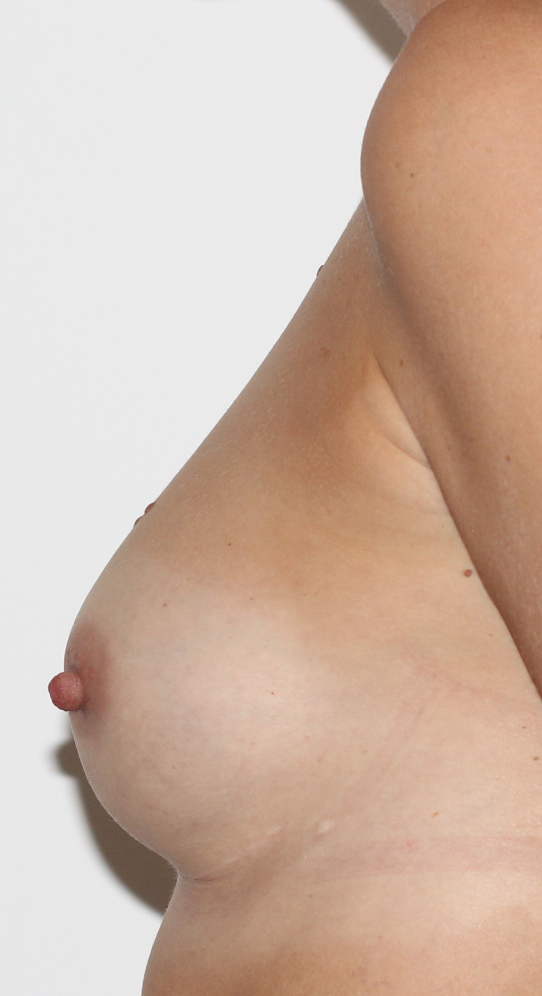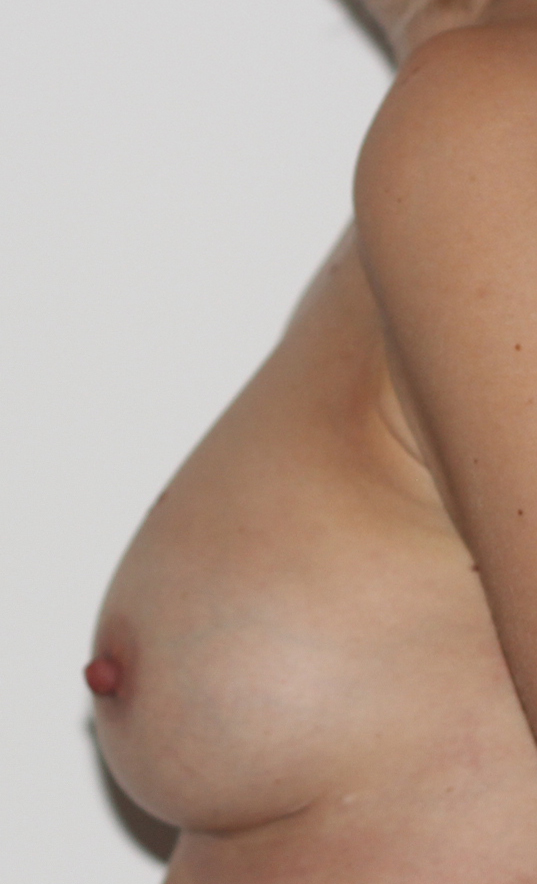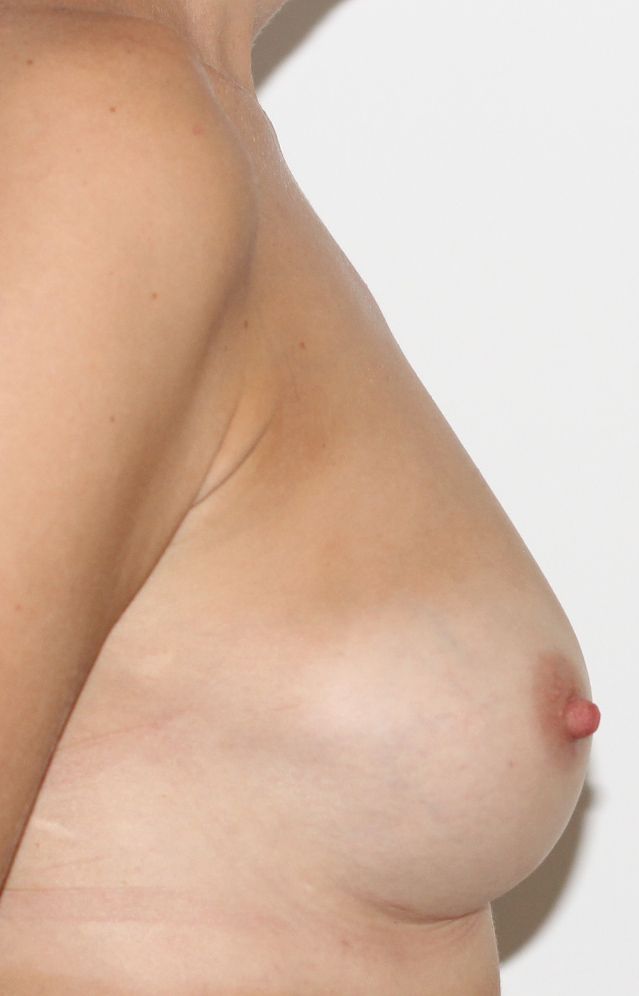Asymmetrical Breast Surgery
At UK Aesthetic, we provide a number of surgical options for changing the size, shape and position of the breasts. The reasons for seeking such surgery can vary such as having asymmetrical breasts. But, one of the most common surgeries we perform at UK Aesthetic is breast asymmetry surgery for uneven breasts.
About UK Aesthetic
UK Aesthetic is a leading cosmetic surgery practice with some of the best surgeons from around Britain. UK Aesthetic has case studies and detailed explanations about breast asymmetry surgery to give you as much information as possible before you book a consultation. Learn more about our surgeons here, or continue below for insights into uneven breast surgery options.
What Is Breast Asymmetry?
Breast Asymmetry is a condition where one breast is a different volume, size or shape to the other which causes the appearance of uneven breasts. Asymmetrical breasts are extremely common and affect more than half of the female population, though some cases are much more visible. There are many breast asymmetry reasons why some women have uneven breasts such as puberty, trauma, hormonal changes and also genetics. If your mother and grandmother have asymmetrical breasts, the chances are you will too. When one is ovulating, it is common for breasts to look larger through water retention and blood flow and will go to normal during the menstrual cycle. Most women with breast asymmetry only have a slightly different size or shape, so it is not typically a cause for medical concern. When one has noticeably asymmetrical breasts, it can be aesthetically displeasing and one may wish to have breast asymmetry surgery.
Case Studies
What Options Do I Have For Breast Asymmetry?
Breast asymmetry surgery involves either breast enlargement or breast reduction. Breast asymmetry can be combined with a range of different treatments to fix uneven breasts such as breast augmentation, mastopexy, breast reduction, breast injections and other breast reconstructive surgeries.
One of the easiest options to correct asymmetrical breasts is to reduce the larger breast. This may not be the ideal scenario, but it can help to produce a similar breast on both sides. Otherwise, you may have to combine breast asymmetry with a breast augmentation or mastopexy with implants in order to make the smaller breast larger.
It is important to note that whatever surgical choice is made for asymmetrical/ uneven breasts, it will likely mean making changes to both breasts regardless of their shape and size, and not just one. This is because having an implant in one breast, for example, and not the other can often also look like one has breast asymmetry. Some previous patients have been incorrectly advised on this by previous surgeons, and ultimately required a breast revision to rectify the asymmetry. Likewise, if you opt against implants in one breast then that needs to be true of the other as well.
Consultation & Breast Asymmetry Surgery
To get the most out of your breast asymmetry consultation, it is imperative that you are completely honest with your surgeon regarding your asymmetrical breasts. You should explain what your issues are with your uneven breasts, why you are wanting the surgery, what your expectations and desires are and will be asked a range of other questions to get a better picture. If you have unrealistic expectations you will be recommended something that works for you. If one has been coerced into having breast asymmetry surgery then you won’t be suitable for the procedure.
The surgeon will assess your particular case and the issue that causes one to have asymmetrical breasts. There may need to be a number of consultations to achieve appropriate sizing for your breast asymmetry surgery. Many options are available in order to correct breast asymmetry size and shape. A full breakdown of the uneven breasts procedure and aftercare will be made and you can decide what the best option for you is.
At the end of the consultation, a full solution will be discussed and you can decide whether or not this is ideal for you. If you decide to go ahead with breast asymmetry surgery then pre-surgical tests will be discussed if necessary.
How Do I Prepare For Breast Asymmetry Surgery?
In your consultation, you will be told all the different pieces of information that you will need when preparing for breast asymmetry, but the main pieces of information will be:
- Stop smoking 6 weeks before your surgery.
- Do not take aspirin or blood thinners in the lead up to surgery.
- Avoid taking any anti-inflammatory or herbal supplements.
- What Happens During Breast Asymmetry?
What Happens During Breast Asymmetry Surgery?
It is important to know that breast asymmetry surgery is not likely to provide perfectly symmetrical, but you won’t have asymmetrical breasts. The final result however will be much more symmetrical and the patient will be much happier with their appearance. Your surgeon at UK Aesthetic will be able to highlight how similar you breast will become.
Breast asymmetry will involve either implant, autologous fat transfer, changing the shape of the breast and can also include altering the shape or size of the areola/nipple. You may also need additional surgery in order to correct tight skin around the breasts, which may involve recruiting additional skin from other areas of the body. Every patient’s breasts are different and the options mentioned above are suited to some, while others may opt for something different.
Post Asymmetrical Breast Surgery
For at least two days after breast asymmetry, you will need to rest, so you should plan to take some time off work or your regular routine for this. The recovery period after uneven breasts correction goes as follows:
- Avoid excessive strain during the first-week post-surgery.
- Wear a support garment for 4-6 weeks following surgery.
- Light exercise can be resumed around 2 weeks after your surgery.
- Full exercise is possible around 4-8 weeks. Once you have consulted with your surgeon.
- Massage the scar once fully healed to improve the appearance.
- The best post-surgery practices apply to a number of different surgeries, so these techniques and guidelines can also be applied to a number of our procedures.
